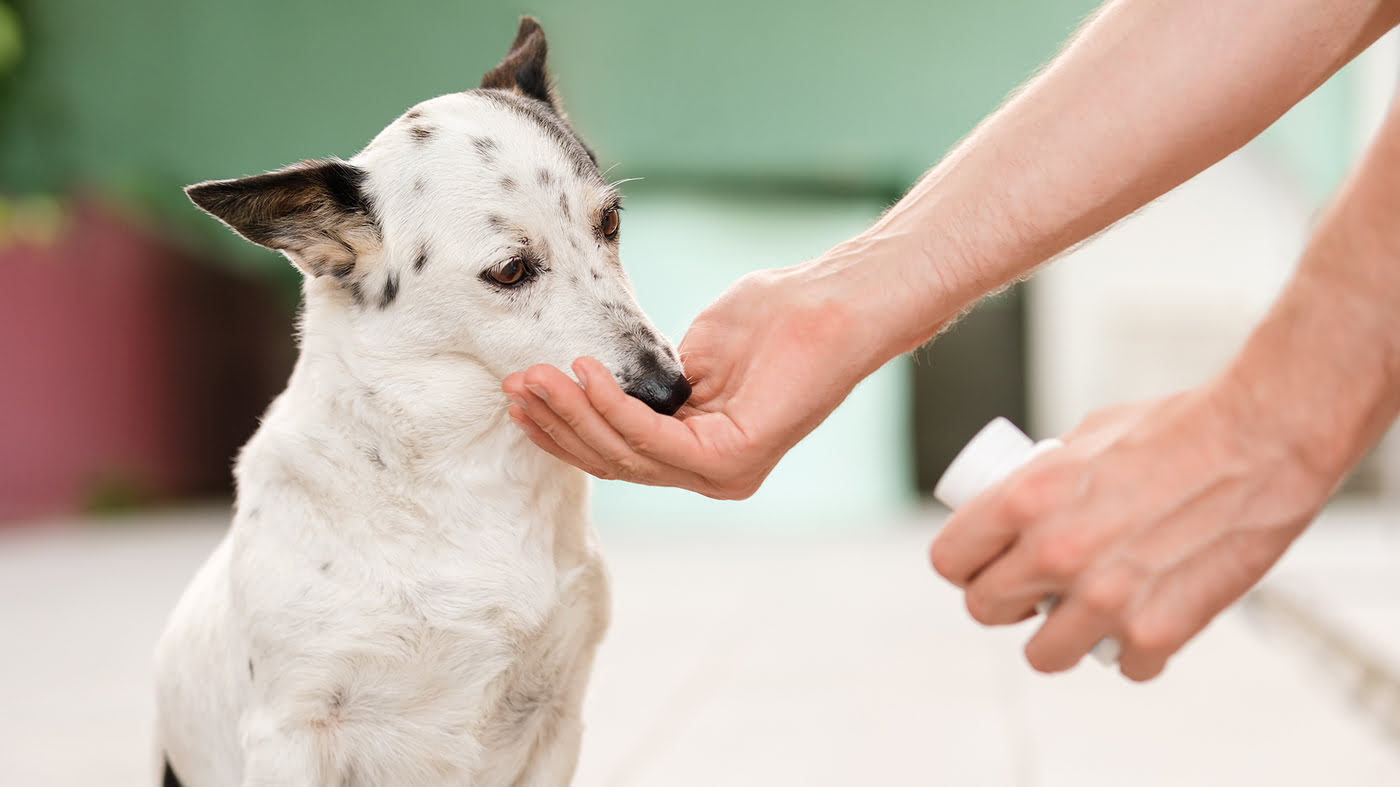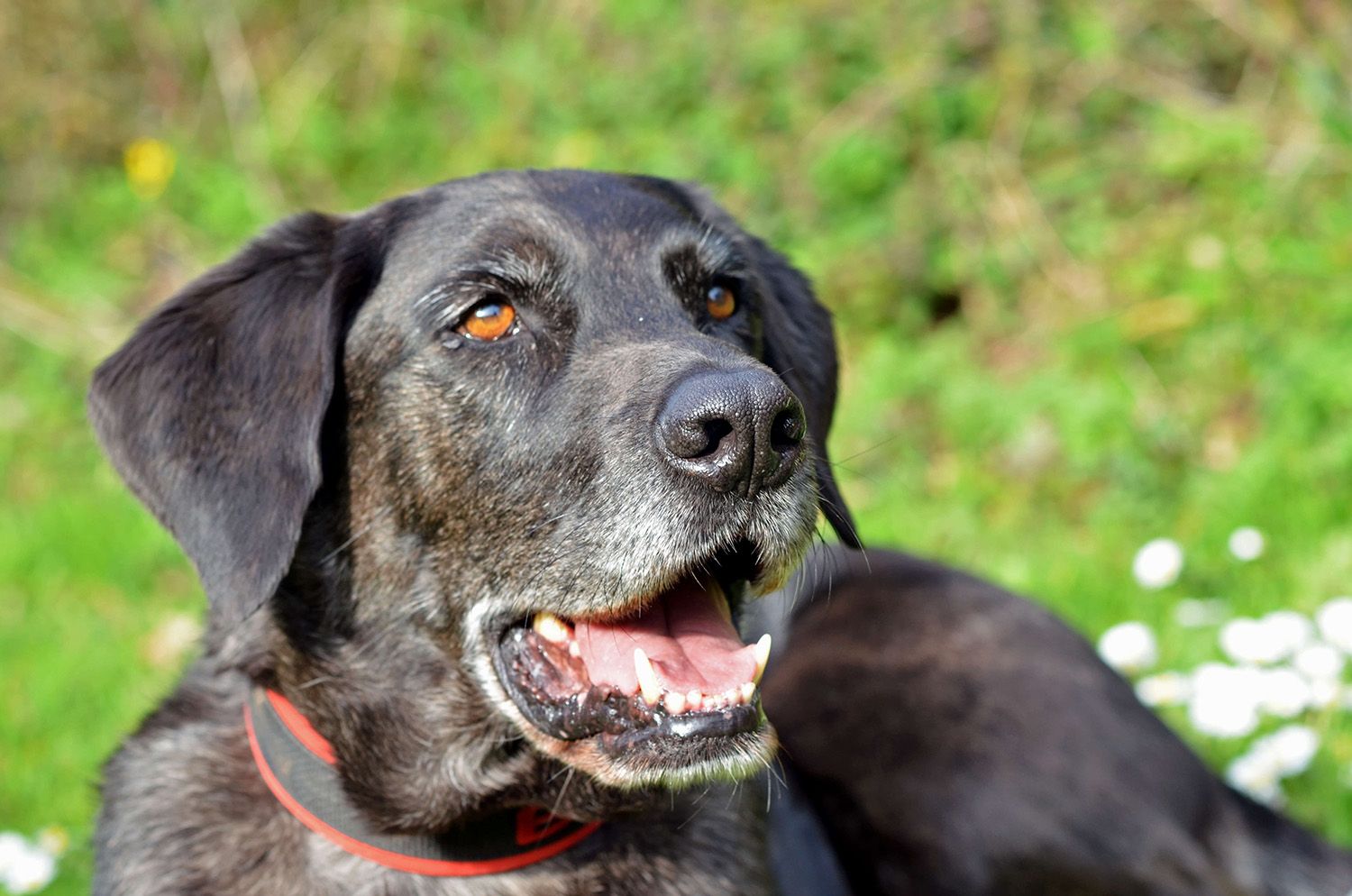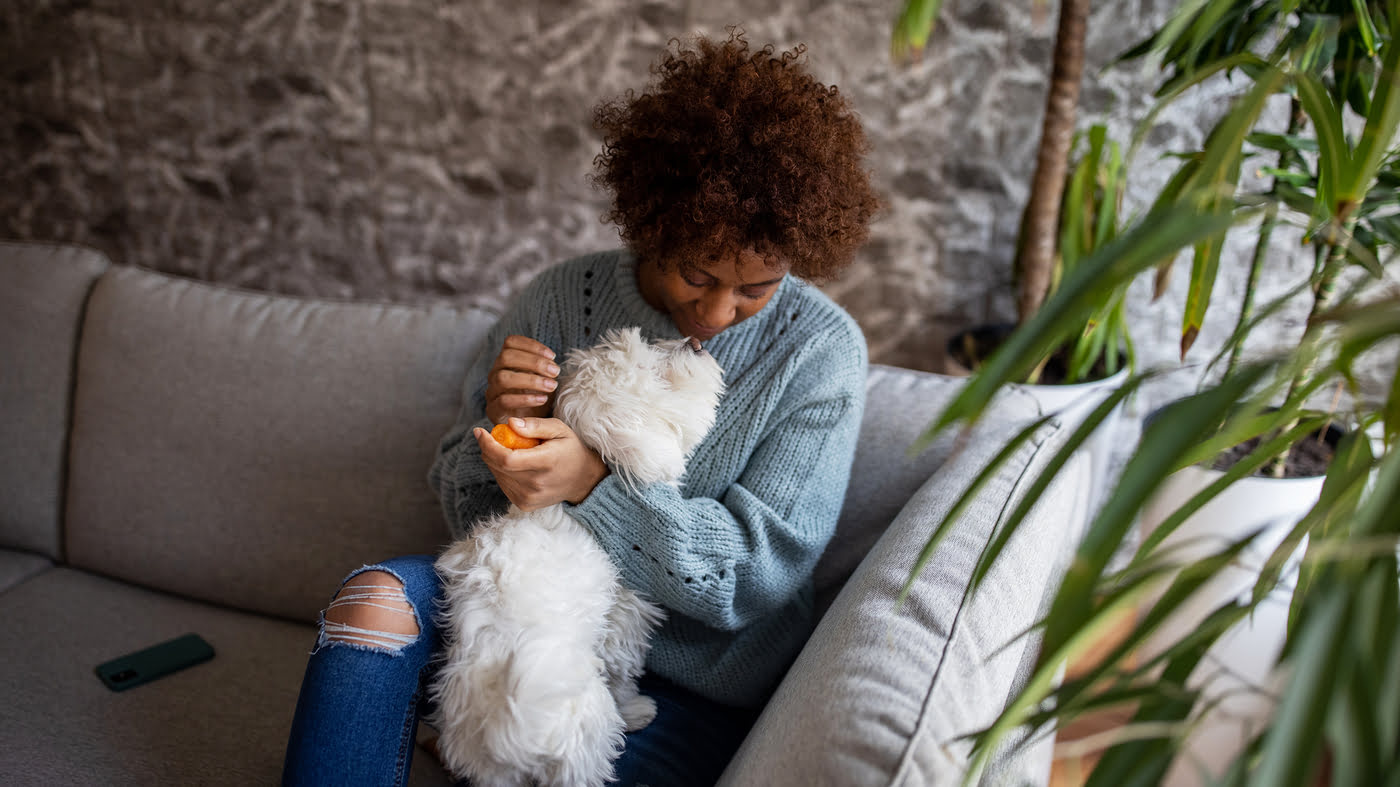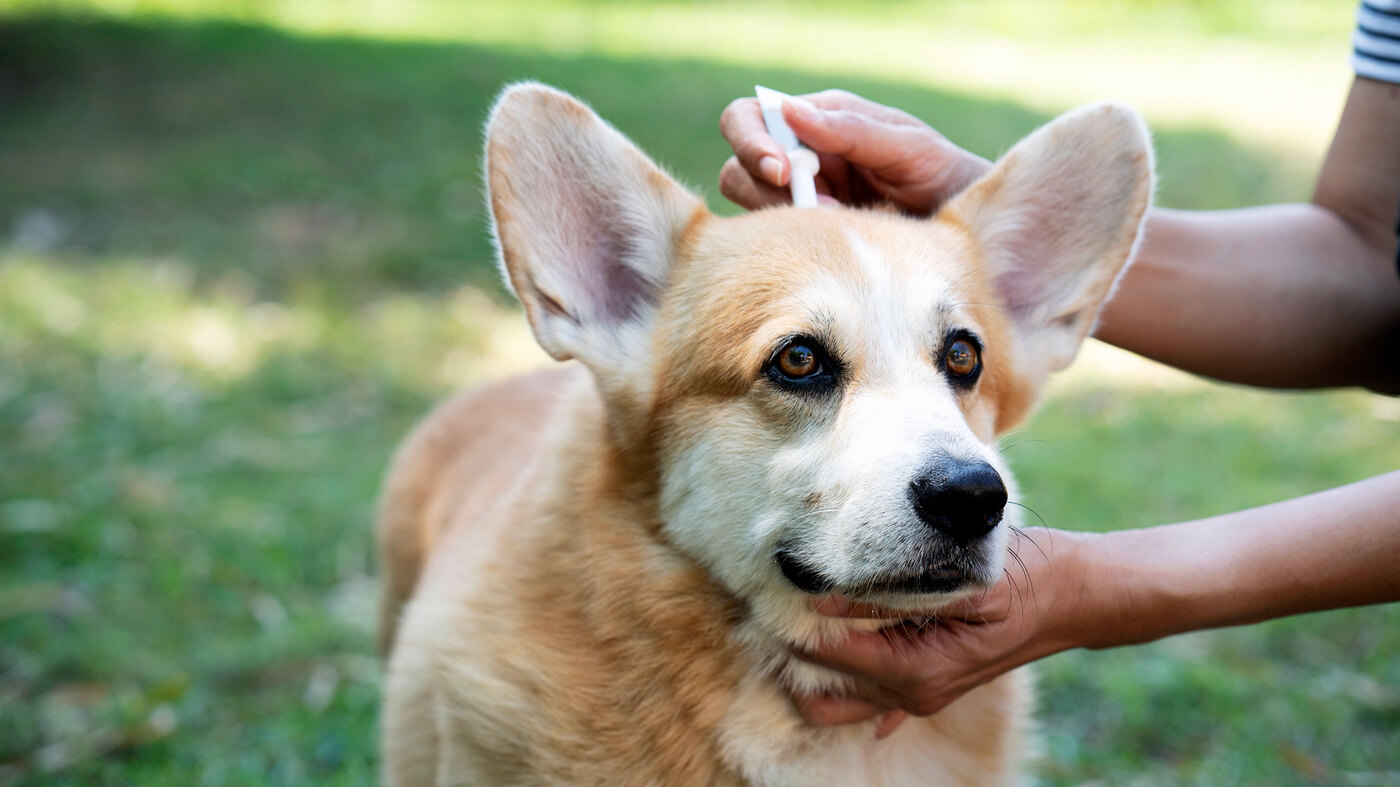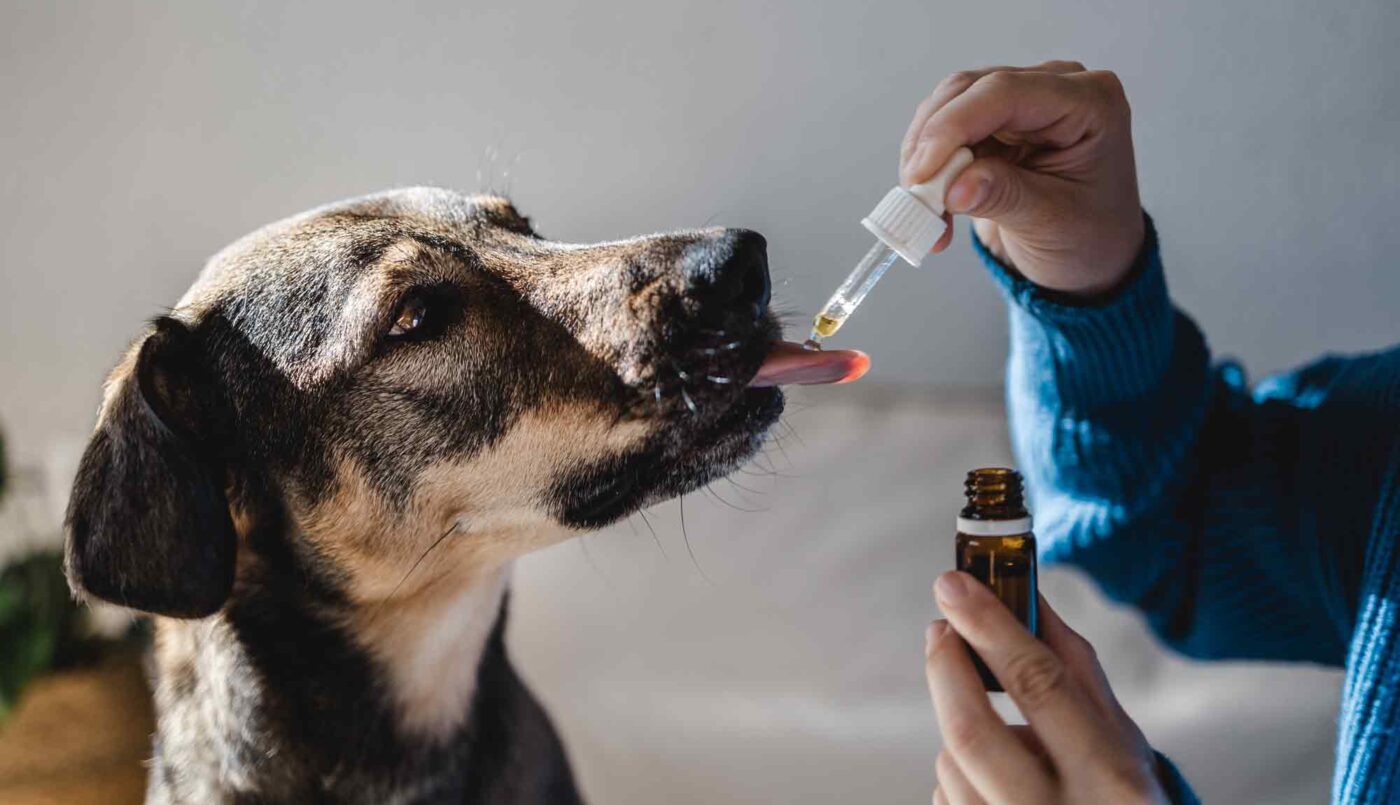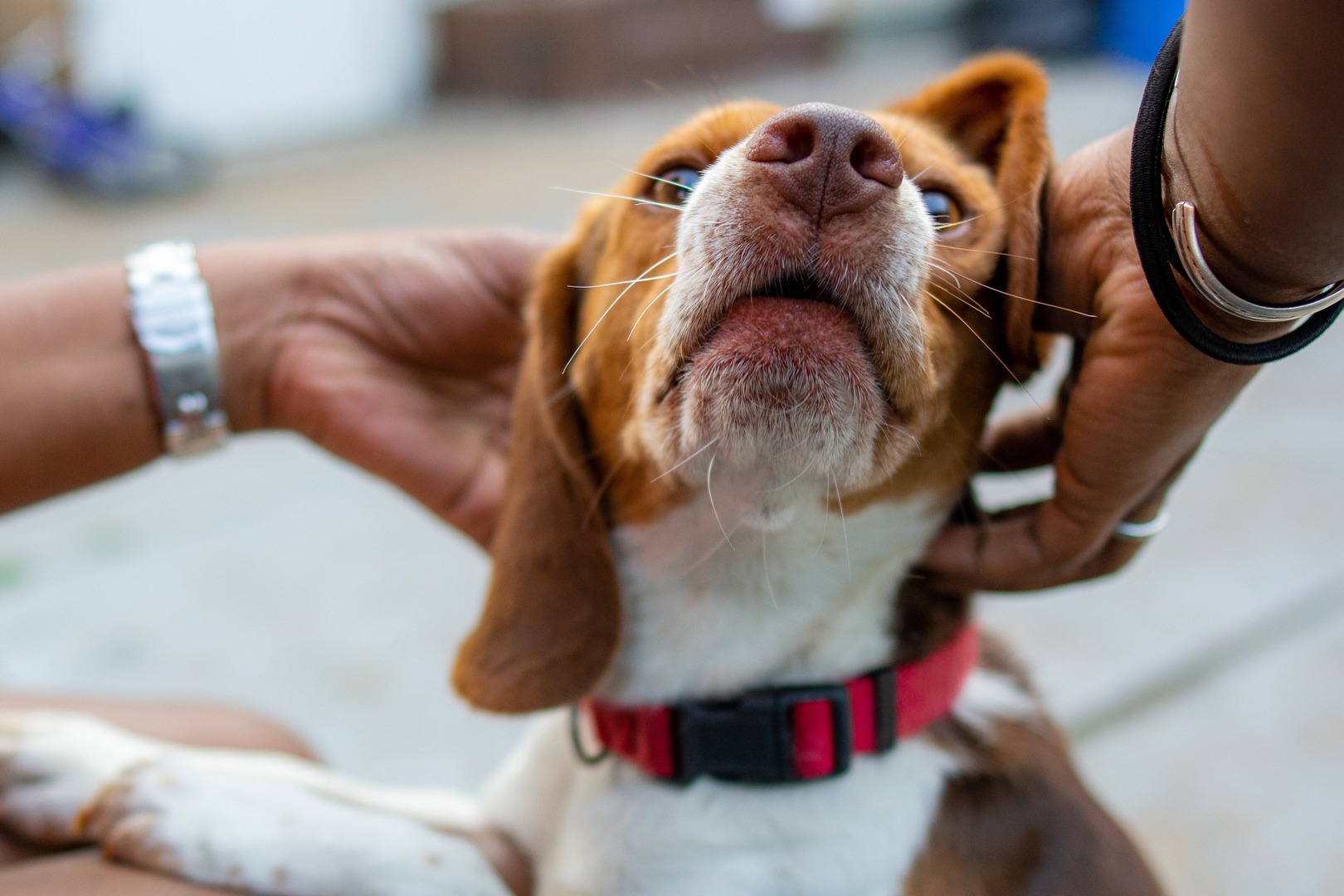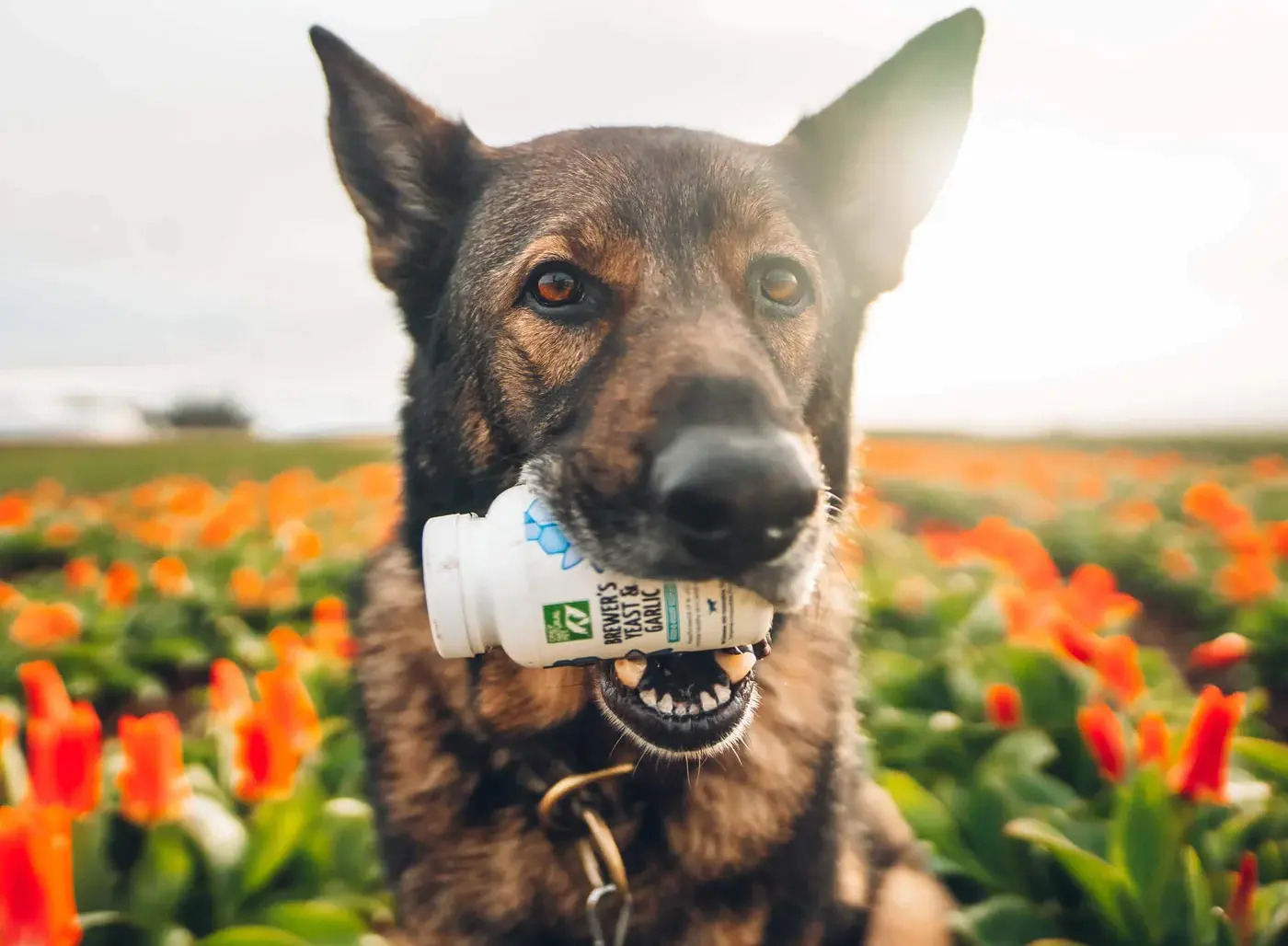Home>Health & Wellness>Behavior & Cognitive Care>How Much Benadryl Do I Give My Dog For Anxiety And How Often
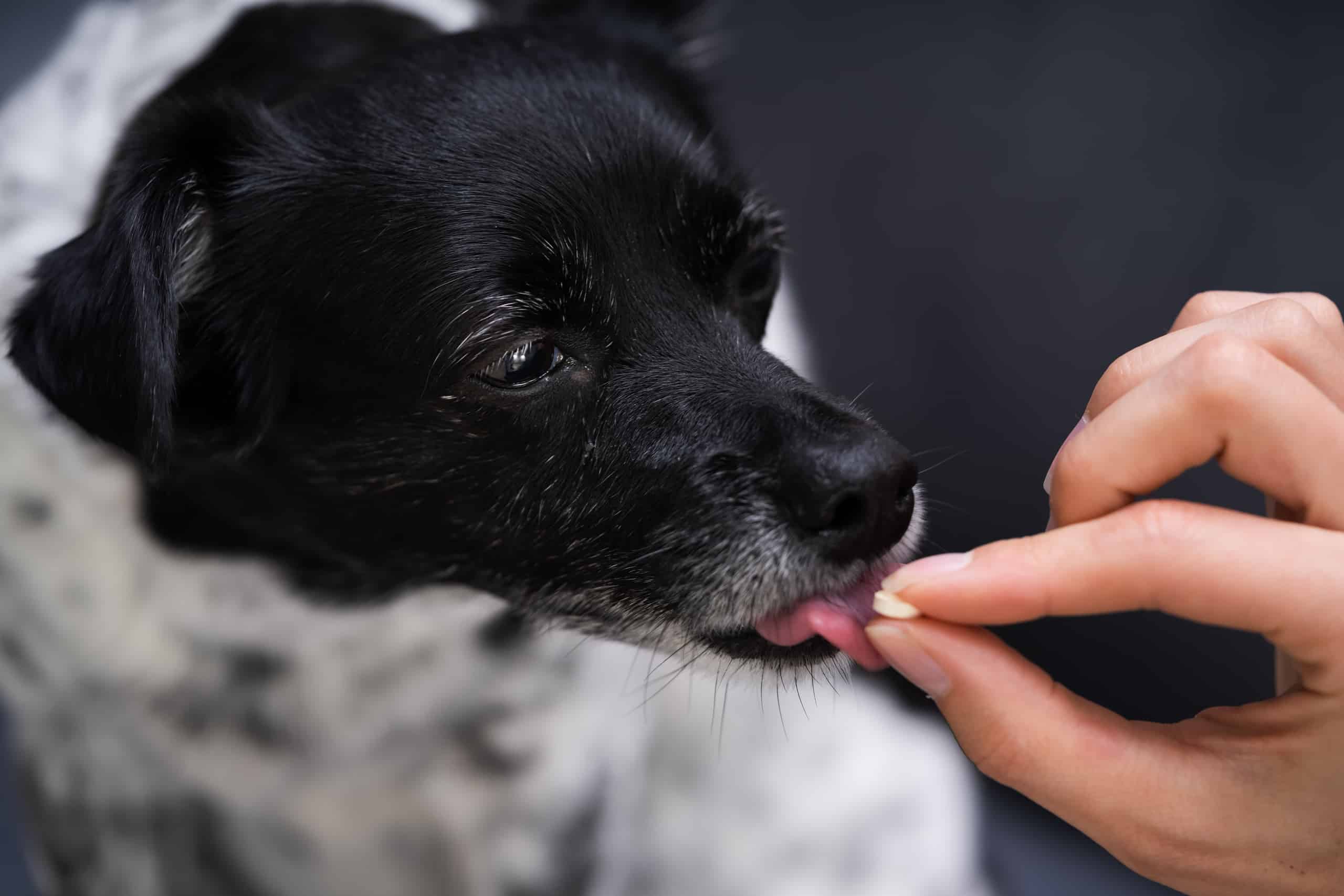

Behavior & Cognitive Care
How Much Benadryl Do I Give My Dog For Anxiety And How Often
Modified: February 21, 2024
Learn how much Benadryl to give your dog for anxiety and how often. Expert advice on behavior and cognitive care for your furry friend.
(Many of the links in this article redirect to a specific reviewed product. Your purchase of these products through affiliate links helps to generate commission for Pawsomeoldies.com, at no extra cost. Learn more)
Table of Contents
Introduction
Anxiety is not exclusive to humans; our canine companions can also experience this distressing condition. Just like us, dogs may exhibit signs of anxiety due to various triggers, such as separation from their owners, loud noises, or unfamiliar environments. As responsible pet parents, it's natural to seek ways to alleviate our furry friends' anxiety and provide them with comfort.
One common approach to managing a dog's anxiety is the use of Benadryl, an over-the-counter medication that is widely recognized for its antihistamine properties. While Benadryl is primarily used to relieve allergic reactions in both humans and dogs, it can also serve as a mild sedative to help calm anxious canines. However, it's crucial to understand the appropriate dosage and frequency of administration to ensure the safety and well-being of our beloved pets.
In this comprehensive guide, we will delve into the nuances of using Benadryl for dogs to address anxiety. By gaining a deeper understanding of this medication and its application, pet owners can make informed decisions when it comes to managing their dog's anxiety effectively. Let's explore the dosage guidelines, frequency of administration, potential side effects, and essential considerations to ensure the responsible use of Benadryl for anxiety in dogs.
Understanding Benadryl for Dogs
Benadryl, also known by its generic name diphenhydramine, is a widely recognized antihistamine that is commonly used to alleviate allergic reactions in both humans and dogs. This medication works by blocking the effects of histamine, a substance produced by the body in response to allergens. In addition to its antihistamine properties, Benadryl also possesses mild sedative effects, which can be beneficial in calming anxious dogs.
When it comes to addressing anxiety in dogs, Benadryl is often considered as a potential solution due to its calming properties. It can help alleviate the symptoms of anxiety by inducing a mild sedative effect, which may help dogs relax in stressful situations. However, it's important to note that while Benadryl can provide temporary relief from anxiety, it is not a long-term solution for managing chronic anxiety in dogs.
As with any medication, it is crucial for pet owners to consult with a veterinarian before administering Benadryl to their dogs. A veterinarian can provide personalized guidance based on the dog's specific health condition, weight, and any potential interactions with other medications. Additionally, the veterinarian can determine whether Benadryl is an appropriate option for managing the dog's anxiety and provide accurate dosage recommendations.
Understanding the mechanism of action and potential effects of Benadryl is essential for pet owners considering its use for anxiety in dogs. By being well-informed about the medication, pet owners can make educated decisions regarding their dog's well-being and ensure the responsible use of Benadryl as a tool for managing anxiety in their beloved canine companions.
Dosage Guidelines for Anxiety
When considering the use of Benadryl to alleviate anxiety in dogs, it is crucial to adhere to appropriate dosage guidelines to ensure the safety and well-being of our furry companions. The recommended dosage of Benadryl for anxiety in dogs is typically based on the dog's weight, as administering an incorrect dosage can lead to adverse effects. It's important to consult with a veterinarian to determine the precise dosage suitable for the specific needs of the dog.
As a general guideline, the standard dosage of Benadryl for dogs is 1 mg per pound of body weight, administered 2-3 times a day. However, it's essential to note that this is a broad guideline, and the actual dosage may vary based on the dog's individual health considerations and the severity of their anxiety. Therefore, seeking professional advice from a veterinarian is paramount to ensure the appropriate and safe administration of Benadryl for anxiety in dogs.
For example, a small dog weighing around 10 pounds may be prescribed a lower dosage, while a larger breed weighing 50 pounds or more may require a higher dosage to effectively address their anxiety symptoms. The precise dosage and frequency of administration should be determined in consultation with a veterinarian, taking into account the dog's unique characteristics and any existing health conditions.
It's important to emphasize that pet owners should never attempt to determine the appropriate dosage of Benadryl for their dogs without professional guidance. Veterinarians possess the expertise to assess the dog's health status, consider any potential interactions with other medications, and provide tailored recommendations for the safe and effective use of Benadryl to manage anxiety.
By adhering to the recommended dosage guidelines and seeking professional advice, pet owners can ensure that their dogs receive the appropriate amount of Benadryl to address anxiety while minimizing the risk of adverse effects. This approach underscores the importance of responsible pet care and prioritizing the well-being of our beloved canine companions.
Frequency of Administration
The frequency of administering Benadryl for anxiety in dogs is a critical aspect of ensuring its effectiveness while prioritizing the dog's safety and well-being. The appropriate frequency of administration is determined based on the dog's individual needs, the severity of their anxiety, and the specific guidance provided by a veterinarian.
In general, the frequency of administering Benadryl for anxiety in dogs typically ranges from 2 to 3 times a day. This frequency allows for the consistent management of anxiety symptoms, providing the dog with the calming effects of the medication throughout the day. However, it's important to note that the precise frequency of administration may vary based on the dog's unique characteristics and the veterinarian's recommendations.
The decision regarding the frequency of Benadryl administration is influenced by factors such as the dog's weight, overall health, and the specific triggers that contribute to their anxiety. For example, a dog experiencing anxiety due to separation may benefit from a consistent dosage regimen that aligns with the periods of separation, while a dog with generalized anxiety may require a more regular administration schedule to maintain a sense of calmness.
It's crucial for pet owners to closely follow the veterinarian's guidance regarding the frequency of Benadryl administration. Veterinarians consider various factors when determining the appropriate frequency, including the dog's response to the medication, any potential side effects, and the need for consistent anxiety management.
Additionally, the frequency of administration may be adjusted based on the dog's individual response to the medication. Close observation of the dog's behavior and anxiety symptoms can provide valuable insights into the effectiveness of the current administration frequency, allowing for potential adjustments to optimize the management of anxiety.
By adhering to the recommended frequency of administration and maintaining open communication with the veterinarian, pet owners can ensure that their dogs receive the appropriate dosage of Benadryl at regular intervals to effectively address anxiety. This collaborative approach between pet owners and veterinarians underscores the commitment to promoting the well-being and comfort of our beloved canine companions.
Potential Side Effects
While Benadryl can be beneficial in alleviating anxiety in dogs, it is essential for pet owners to be aware of the potential side effects associated with its use. Understanding these side effects is crucial for ensuring the safety and well-being of our furry companions.
One of the primary potential side effects of Benadryl in dogs is drowsiness. The sedative properties of Benadryl can induce drowsiness, causing the dog to appear lethargic or less alert than usual. While mild drowsiness may contribute to a sense of calmness in anxious dogs, excessive drowsiness can impact their overall activity levels and engagement with their surroundings.
In addition to drowsiness, dogs may experience dry mouth as a side effect of Benadryl. This can manifest as increased thirst and a lack of saliva production, leading to a parched sensation in the dog's mouth. Pet owners should ensure that their dogs have access to fresh water to alleviate any discomfort associated with dry mouth.
Furthermore, some dogs may exhibit gastrointestinal issues, such as vomiting or diarrhea, as a result of Benadryl administration. These digestive disturbances can be concerning for both the dog and the pet owner, potentially leading to dehydration and discomfort. Monitoring the dog's digestive health and seeking veterinary advice in the event of persistent gastrointestinal issues is crucial when using Benadryl for anxiety management.
Another potential side effect to be mindful of is urinary retention. Benadryl can affect the dog's urinary system, leading to difficulties in urination or a decreased frequency of urination. This side effect warrants close observation, as urinary retention can impact the dog's overall comfort and well-being.
It's important to note that while these potential side effects are associated with Benadryl use in dogs, not all dogs will experience them, and the severity of side effects can vary. Additionally, the likelihood of experiencing side effects may be influenced by factors such as the dog's individual sensitivity to the medication and the dosage administered.
In the event that a dog exhibits concerning side effects after receiving Benadryl, pet owners should promptly seek veterinary guidance. Veterinarians can provide tailored recommendations to address specific side effects and may advise on potential adjustments to the dosage or administration frequency to mitigate adverse reactions.
By being attentive to potential side effects and maintaining open communication with veterinarians, pet owners can ensure the safe and responsible use of Benadryl for anxiety in dogs. This proactive approach underscores the commitment to prioritizing the well-being and comfort of our beloved canine companions.
Conclusion
In conclusion, the use of Benadryl for managing anxiety in dogs presents both potential benefits and considerations that warrant careful attention from pet owners. While Benadryl's antihistamine properties and mild sedative effects can offer temporary relief from anxiety symptoms in dogs, it is essential to approach its use with a thorough understanding of dosage guidelines, frequency of administration, and potential side effects.
Pet owners should prioritize consulting with a veterinarian before considering the use of Benadryl for their dogs' anxiety. Veterinarians play a crucial role in providing personalized guidance, considering the dog's specific health condition, weight, and any potential interactions with other medications. This professional input ensures that the use of Benadryl is tailored to the individual needs of the dog, promoting both safety and effectiveness.
When determining the appropriate dosage of Benadryl for anxiety in dogs, adherence to recommended guidelines based on the dog's weight is paramount. However, the importance of seeking professional advice cannot be overstated, as veterinarians can accurately assess the dog's health status and provide tailored recommendations to ensure the safe and effective use of Benadryl.
Furthermore, the frequency of Benadryl administration should align with the dog's individual needs and the veterinarian's guidance. Close collaboration with the veterinarian allows for the establishment of an appropriate administration schedule that accounts for the dog's response to the medication and the need for consistent anxiety management.
Understanding the potential side effects of Benadryl is crucial for pet owners, as it empowers them to recognize and address any adverse reactions in a timely manner. By remaining vigilant and seeking veterinary guidance in the event of concerning side effects, pet owners can mitigate risks and prioritize the well-being of their dogs.
In essence, the responsible use of Benadryl for anxiety in dogs hinges on informed decision-making, close collaboration with veterinarians, and a commitment to prioritizing the comfort and safety of our beloved canine companions. By approaching the use of Benadryl with diligence and care, pet owners can provide their dogs with a sense of calmness and relief from anxiety while upholding the highest standards of pet care.
